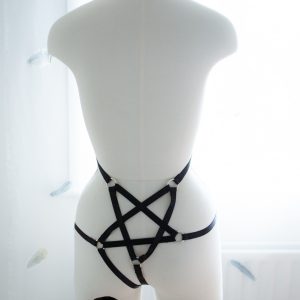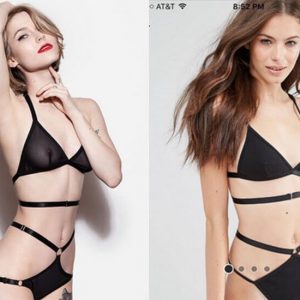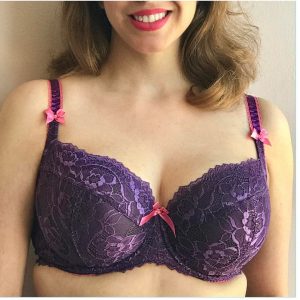Knockoffs: 5 (Legal) Reasons You'll See the Same Lingerie Under Different Names
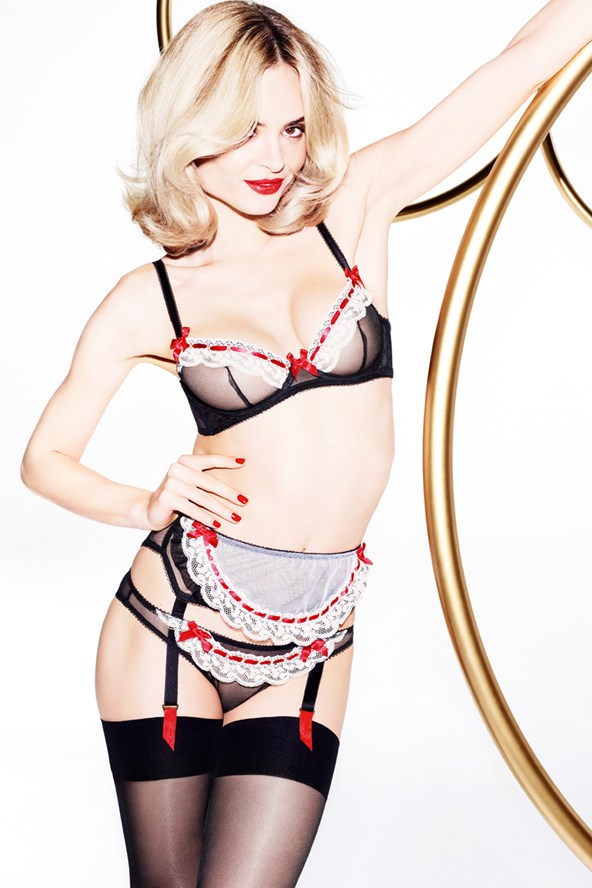
L'Agent by AP, the Agent Provocateur sub-brand that went under when Agent Provocateur filed for bankruptcy
Have you ever seen the same garment in a few different places, but with different brands or no brand at all? Many people assume that means some dubious - or even illegal! - copying going on, but today I'll let you in on 5 secret industry processes you might have never known about before now!
Yes, you read that right! There are at least 5 different ways identical products can end up on the market under different brand names and with different prices.
1) Insolvency or Restructuring
You’ve probably all seen leftover stock in TJ Maxx, Century21, or similar discount stores, but what happens when a brand is getting rid of a whole line, or closing completely?
Whether through restructuring, a planned shutdown, or going bankrupt, the people in charge will want to get rid of the most stock at the highest price - sometimes with the provision that all brand labels have to be removed.
So stock remaining after a final sale will just go to whoever takes the bulk of it at the best price. Then it subsequently crops up all over the place.
2) Excess and Surplus
It’s very common for factories to manufacture more than is ordered. A factory might absentmindedly sew more because it’s a huge order, and it’s hard to keep track of if you’ve done 100,000 of knickers or 100,107 (especially as you need to allow for faults).
A factory might assume there's will definitely be another order coming (such as a repeat style or continuity color), so they might as well cut more...as that costs less than doing an entirely separate run in the future. But then the next order doesn’t turn up as expected! A couple of the factories I've worked with do this, and they tend not to tell me until after the fact.
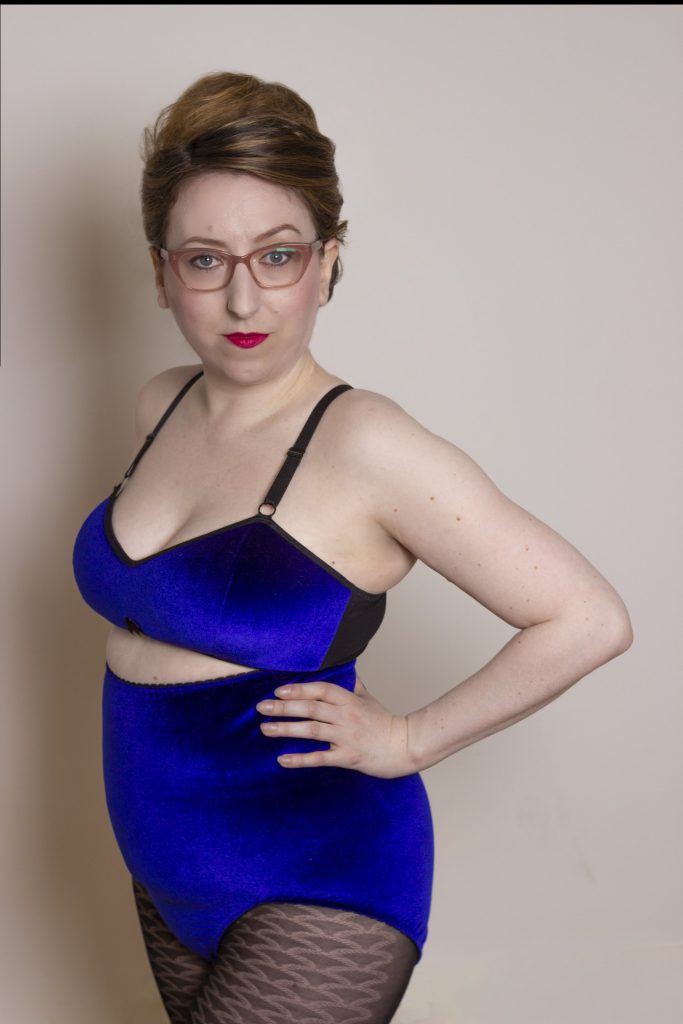
An example of a set I had produced for my own line (modeled on me!) that the factory cut too much of.
Most contracts between brand and factory put a limit (5% in our case) on how much surplus they *may* accept, and typically aren’t obligated to accept anything over that. This means a factory can end up with surplus goods they have to be shift somehow, otherwise the storage alone starts to cost money.
Some brands will look the other way if those products are quietly shifted, without brand labels or photos, in any way the factory can recoup costs, since it's in no one's interests to penalize your own manufacturer. Very high-end brands, who need to maintain the brand value, have other ways of tackling this (see: Burberry incinerating unsold clothes).
3) Seconds
Your lingerie is sewn by people, and people are fallible, so there are always some faulty goods. These are generally called "seconds," at least if they're not too badly flawed. Every stage of manufacturing tries to weed out faults, but you can get whole runs wrong. This can vary from something you might not even notice - the dye batch being slightly not as originally approved by the brand - through to “oh god no why does it have a tail?!”
I'm not even joking, many years ago we had an entire run of Vargas dresses with a garter tab in the centre rear, and they made it all the way to customers before anyone noticed. Imagine my embarrassment.
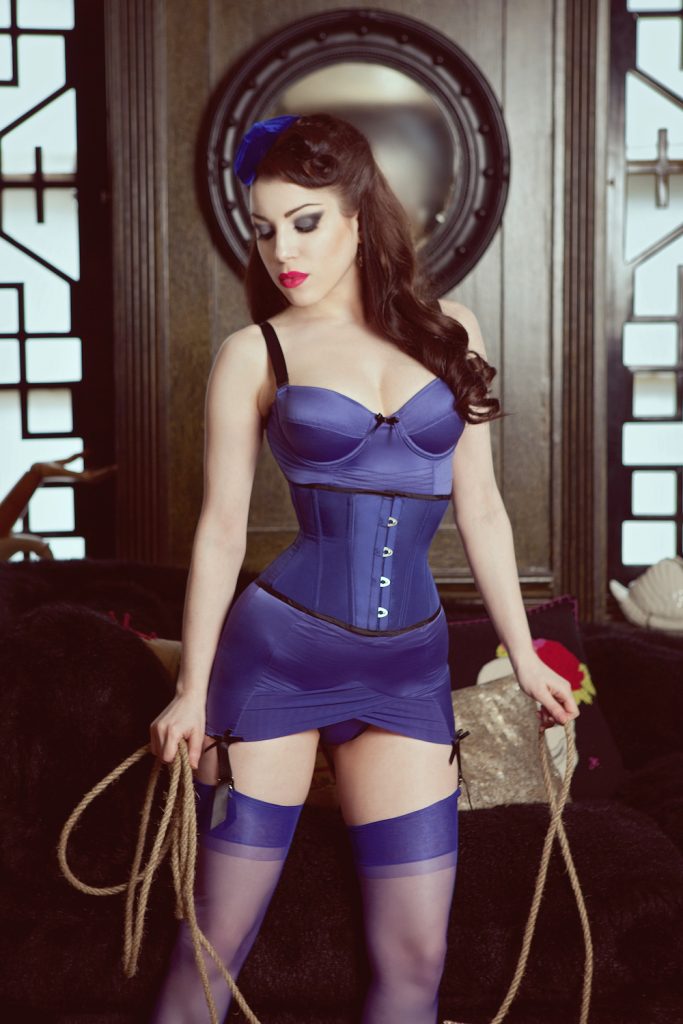
When dozens of these bras were made incorrectly, they all had to be shifted as seconds.
If there's something like a color or stitch issue and it doesn't affect function or wear - it just doesn't meet the agreed specifications - then typically most factories or brands will try and "clear" these. That is, sell them, even if it's at a loss, to recoup some of the cost of making. If it's just a color glitch, and the product is identical to the "real" one in all other ways, it might be sold unbranded.
If the faults are more serious and affect wear then the garments can potentially still be sold off, but - at least in the EU - such faults have to be declared. For example, we once had a batch of bras with too much room in the wire casing. Most customers can't tell because they looked exactly like the correct batch. However, it would mean the bra lost stability faster than usual. We cleared them through our own websites at a low price that made clear what the issue was.
It's also common for fully fashioned stockings brands to sell off "imperfects," as these are painfully frequent and sell well to stockings fans who will accept minor faults for a discount (especially given that we all tend to ladder stockings anyway)!
4) Private Label
Did you know that in spite of founding a lingerie brand I can't sew? Well, that's pretty standard in this industry. The skills for design and making are totally separate to the skills for business and marketing.
This means lingerie brands from large to small are known to work through “private label” companies, who develop products and handle manufacturing for you. The exact arrangements vary but sometimes NO technical skills or factory visits are needed. Emma Parker, the brain behind Playful Promises/Peek & Beau/Wolf & Whistle, also has a private label arm. When I started KMD we pretty much only worked through this.
As you know, developing new products is hard work (some moreso than others - hello underwired and full bust bras!), so companies that do private label work will tend to re-use a design if allowed.
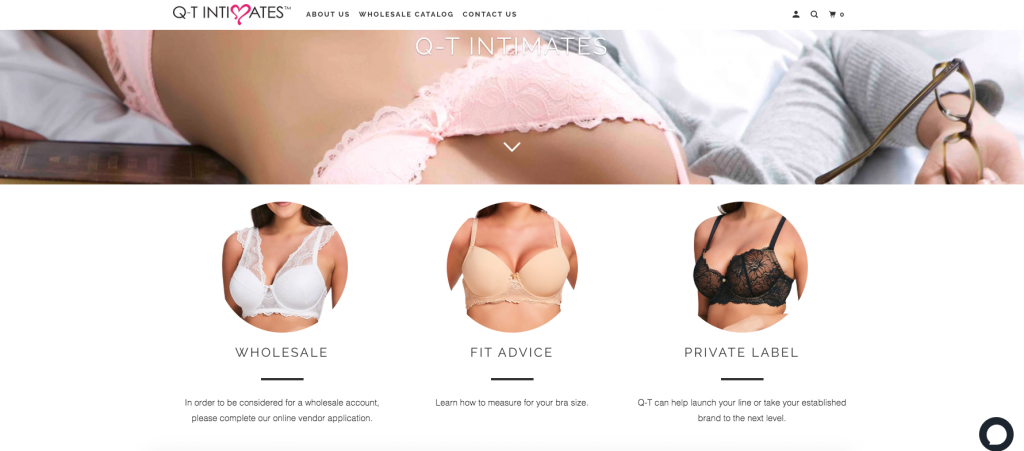
An example of a brand offering a private label options
If all your private label brands want a padded push-up underwired plunge, then your design team would prefer to start from just one base pattern and change the materials, trims, aesthetic for each brand...but not the fundamental shape. It’s also common for brands to see other items your design team has sampled and say something like “This but with blue straps, please!"
Brands themselves generally consider this to be reasonable. Ultimately there are only so many ways to make knickers and bras. However, if you aren't aware that there are far, far fewer factories and design teams than there are brands, which is why you might notice similar products and become reasonably suspicious.
5) White Label
I saved the biggest for last! White label production has EXPLODED in the last few years.
White label is when a manufacturer creates a product themselves, and then sells it to anyone, with no restrictions or exclusivities. The manufacturer will either let you use your own branding or brand it under your label themselves.
White label happens in all industries (I've even seen it in food), but within fashion I most often see this practice in hosiery. This is because knitting hosiery is best done in quantities of thousands - preferably tens or hundreds of thousands of pairs in one go - since setting up machines, weaving, dyeing and finishing the product is quite frankly a pain and can take hundreds of hours of skilled workers time.
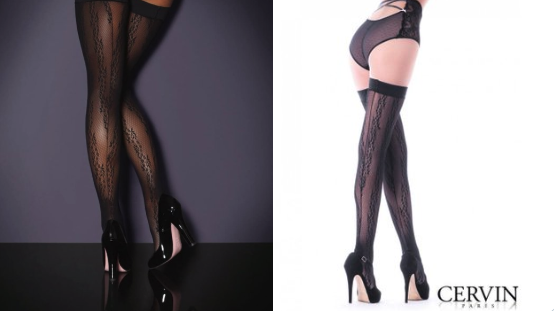
Agent Provocatuer's "Parisienne" stockings on left, which retailed for around $70. Cervin's "Palace Seam" lace hold-ups on right, which currently retail for around $11.50.
The smallest run I ever encountered that would get exclusivity was from Cervin (a major French stockings manufacturer), and it was about 1000 pairs. But anyone buying in those amounts can expect to pay a premium price to cover the extra costs of any development and set-up, and the customization would be limited to a color or weave detail, not a completely new product. Still absolutely worth it, as they can do colors and details in nylon and silk that no-one else can.
Now obviously there aren't many brands that are certain they can shift 1000 pairs of luxury priced stockings, so almost all the hosiery outside of the actual hosiery brands themselves (Cervin, Gerbe, Falke, etc.) is a white label product, which everyone then packages under their own brand.
If you love fully fashioned or pure nylon hosiery this is very easy to spot, because there are only a few factories left and they all have some signature techniques - the large finishing loops on Cervin, for example.
Back to lingerie itself, even small brands have some white-label products. For example, we work with a tiny factory that does our satin tie-side knickers. If we use their version, we can hold half a dozen colors in stock fairly easily, at least if they made a batch recently. If we developed our own pattern, met the minimum order requirement on each color for exclusivity and ordered half a dozen colors, we'd have to spend about 5 times as much money. There would be no improvement in the profit margin, as we'd both be spending more money on storing products, but wouldn't meet the quantities required to get a lower cost per unit.
So now you know why white label products are appealing to businesses; they really help reduce overheads and massively improve cashflow!
When is It White Label, and When is It Knock-off?
Fashion design has never really been about the “creative artiste alone in her attic, inspired by amazing beauty" (designers like Karolina Laskowska being an exception). It does make things confusing for you as a customer though. Which of the unique selling points for a product is real, and which nonsense to up the price of a soft bralette you can find on Wish? What can you do as a customer?
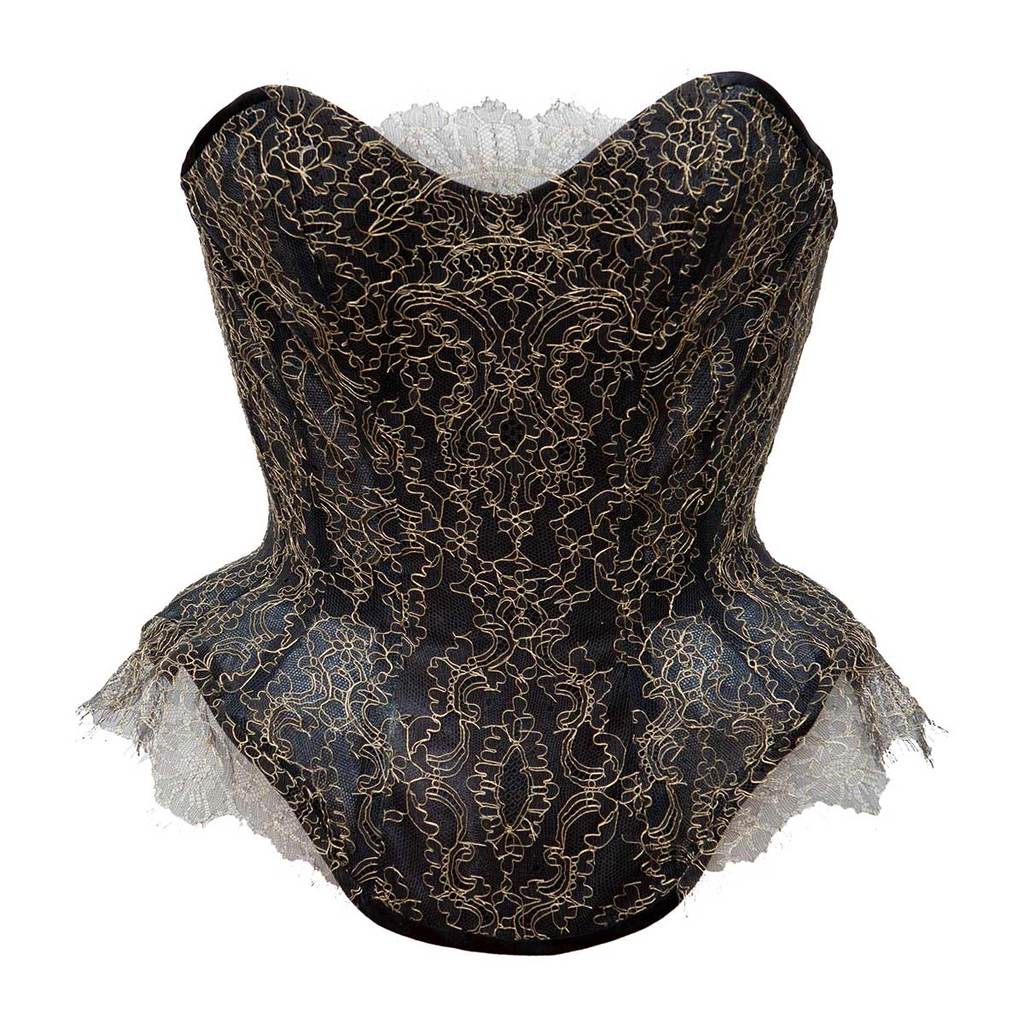
Karolina Laskowska 'Hecate' Corset
If you spot something that looks identical to a garment you like, but it's unbranded and not unreasonably cheap, it's almost certainly stock that's being cleared for some reason. Don't worry too much about it, but do check for faults and if you can return it.
Worried about copyright? Honestly, I'd leave this to brands. But DO report counterfeit goods - as that's a much bigger problem that we CAN tackle.
What's the difference between knockoffs and counterfeit? A knockoff is when someone copies a design or distinctive elements of a design - but uses their own imagery and branding. But if they make a copy and use the original designer's photography (and I've had people use both our photos AND our brand name AND our product description) then it's counterfeit. The rules vary but in most countries counterfeiting goods has much, much worse penalties.
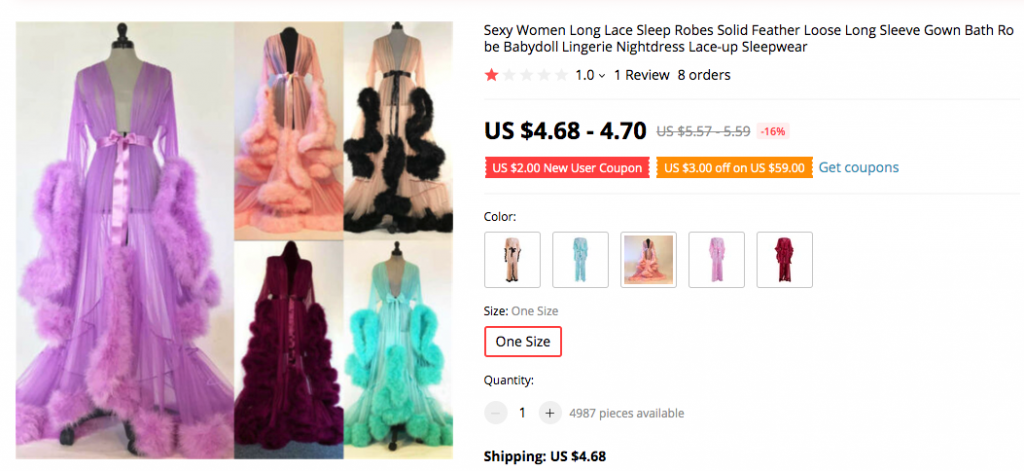
A clearly counterfeit listing using images from Catherine D'Lish to sell an item that will certainly not look anything like the original garment.
Want to know if what you're looking at is white label? Some brands (like me) will tell you when asked. A google image search or product keyword search can also help you identify them. As can spending way too much time on AliExpress, but I'm not sure I'd recommend this!
Seen an amazing marketing claim? Show it to the Lingerie Addicts group. They're good myth busters! But listen, if the claim is really scary or extreme, it's probably a lie.
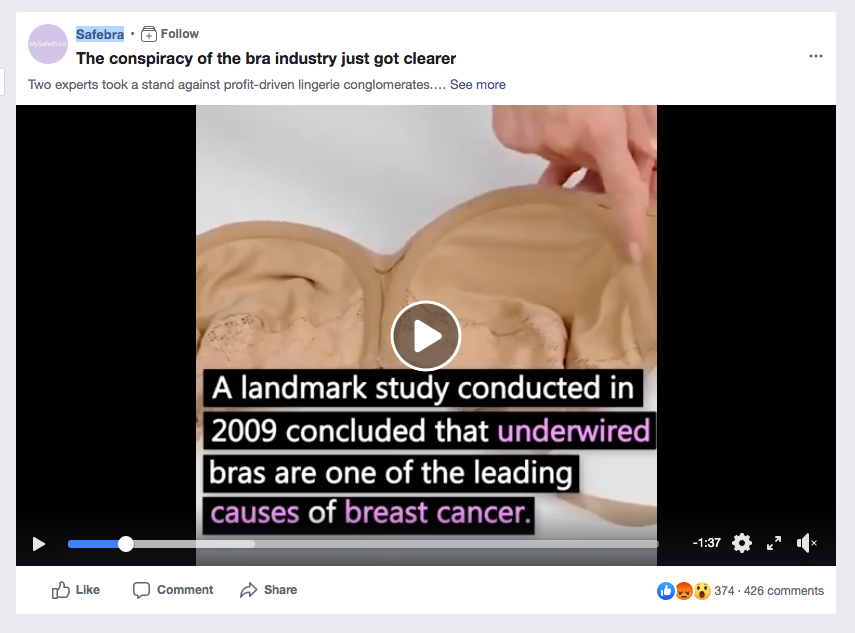
An example of a nonsense claim.
Is the price too good to be true? Then it probably IS a knockoff, but worse, it will be a BAD knockoff.
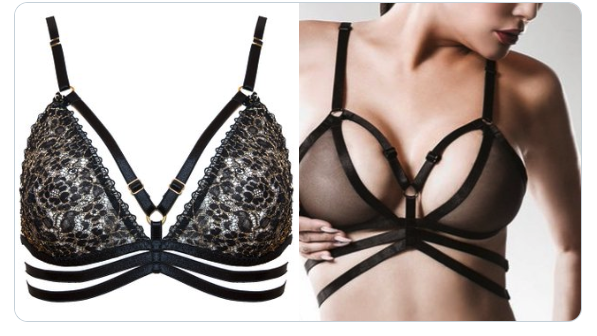
A knockoff of Karolina Laskowska's Ela Bralette from a brand with suspiciously low prices.
If you're seeing a glossy product photo that shows garment with acres of fabric, tons of expensive trim, and complicated detail, but the price is $5...you're going to get a shapeless rag that probably wouldn't pass safety tests. Or worse, they're just going to keep your cash.
Spotted a white label product? Seen some amazing marketing nonsense? Got a bankruptcy bargain you want to make us all jealous of? Or have I just used a term you don't know and I need to explain? Put it in the comments!





